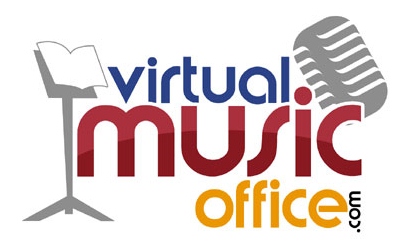
Consider THIS ARTICLE and THIS VIDEO
Need-blind admissions could mean a better school for less money.
“Need-blind admissions” was a term our students did not recognize and yet it can be a major difference in where you go to school and how much you pay. Read on for a definition, description and a listing of colleges that profess to have need-blind admissions.
But first, some bullet points about, “ Inside America’s best high school — a boarding school that costs $53,900 a year and feeds students into the Ivy League”….because it is an example of a whole different educational world out there.
- It is a Boarding School (students live on campus) near Boston
- Established 1787
- Some people who had ties to the school included George Washington, Paul Revere, and John Hancock.
- There are 1154 students on a 500-acre campus with over 100 buildings/sites on their campus map
- It is a high school, grades 9-12
- Graduates include two Presidents Bush, Jeb Bush and one of the Facebook founders.
- 48% are students of color
- 44 states and 45 countries are represented
- They have faculty from every Ivy League school. ⅓ of faculty have PhD’s
- The “head of school” has a Harvard Law Degree
- Every student must be on an athletic team
- They have NO AP classes
- Harvard calls them a “feeder school”.
- They have a student/teacher ratio of 7:1. (Harvard has 7:1, Yale has 6:1, Public Schools avg 28:1)
- For the past three years, more than 20 Andover students have gotten into each of the following top schools: Brown, Columbia, Harvard, MIT, Princeton, Stanford, and Yale.
What does this have to do with getting into a better college for less money?
As you can see from the last bullet point above, going to a prestigious high school can be a ticket (or at least a significant advantage) to getting into a top university. Similarly, graduating from a top-tier university can be huge when it comes to getting into a graduate school, medical school, law school or a high-level job.
But top-tier universities have top-tier, seemingly unaffordable prices.
Schools like Notre Dame, Duke, MIT and most of the Ivy League schools cost $70,000+ per year. And because we mid-westerners focus so much on the big state schools and lower prices, the downside can be that we get what we pay for.
If you and I are competing for a spot at graduate school at Harvard, or to get into Yale Law School, will your [Big State School] degree get the same consideration as one from Duke, Notre Dame or MIT?
If I have an engineering degree from [Big State School] and you have one from MIT and we both apply for a position at NASA, your chances are better than mine.
But we don’t consider many schools because of the ‘retail price tag’ we see. That is a huge mistake. In some cases, you can go to a top-tier school for less money than you would pay a state-school.
Increasingly, universities are finding out that accepting students “need-blind” increases both diversity and the overall quality of a student body.
Some top-tier universities (and we had assumed all) consider both your credentials AND your financial ability to pay as part of the admissions process. Not so.
A “need-blind” policy means that they consider ONLY your academic and personal credentials when making a decision to accept you. Then, AFTER they accept you, they consider your finances. And at that point, if you cannot pay the full price, they will use other resources (their endowment, government financial aid, etc) to “get you there”.
THIS PAGE from Notre Dame’s site shows that they meet “100% of every student’s demonstrated financial need”. That means you have to prove it. If you have available funds, they will require that first. And part of your “package” may include loans — but from the amount of loan on the Notre Dame page is manageable.
THIS PAGE is a 2-yr old listing of colleges with need-blind admissions policies. I do not know if it is exhaustive, so check with schools you’re considering. And, as Mr. Petek suggested,
If your first choice does NOT offer need-blind admissions, but your second choice does, that could be a determining factor in where you go to school.
